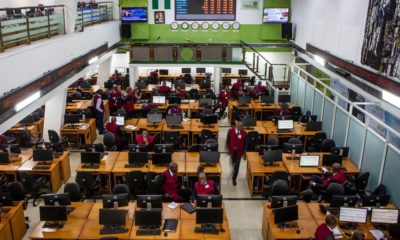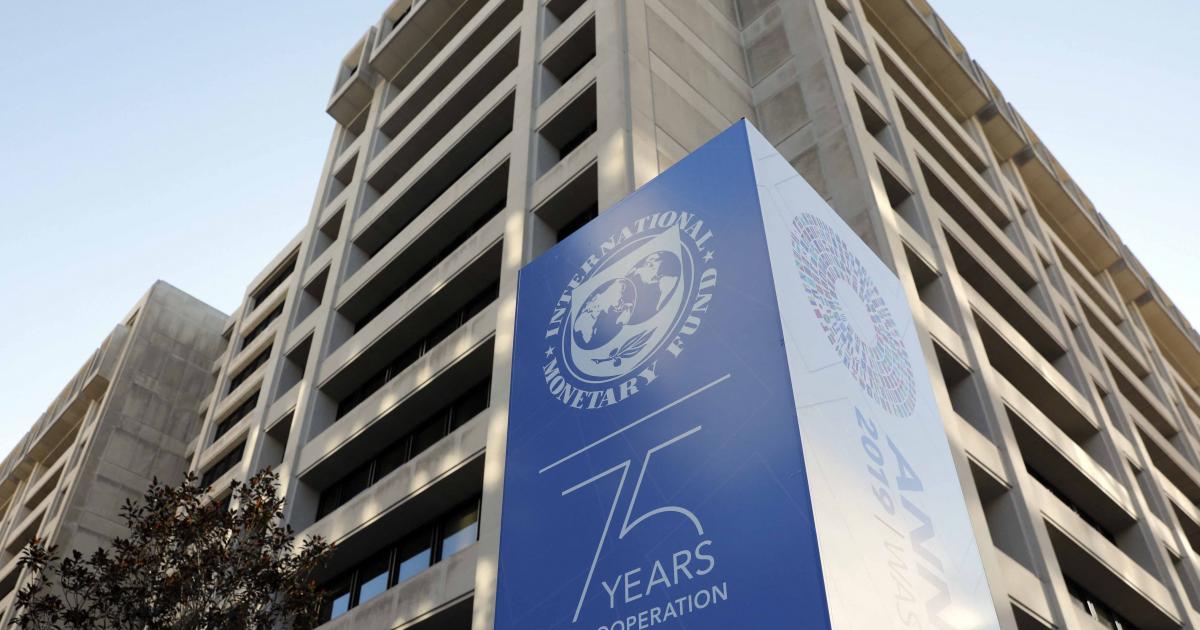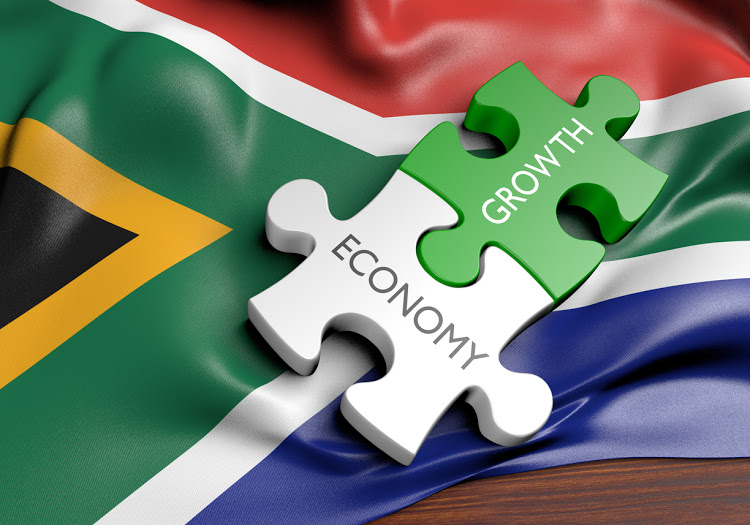- US Import of Nigerian Crude Hits Four-year High
For the first time in more than four years, the United States’ monthly import of Nigerian crude oil rose to 12.29 million barrels in August, the latest report from the US Energy Information Administration has revealed.
The US imported a total of 28.53 million barrels of crude oil from Nigeria in the third quarter of this year, up from 18.88 million barrels in the same period last year; 10.13 million barrels in 2015; 5.10 million barrels in 2014; and 21.23 million barrels in 2013.
Nigeria saw a significant reduction in the US imports of its crude in recent years, starting from 2012, following the shale oil production boom.
The US import of Nigerian crude fell to 6.17 million in June 2013 from 10.115 million barrels in May and about 40 million barrels in March 2007.
In 2014, when global oil prices started to fall from a peak of $115 per barrel, Nigeria saw a further drop in the US imports of its crude from 87.4 million barrels in 2013 to a record low of 21.2 million barrels.
For the first time in decades, the US did not purchase any barrel of Nigerian crude in July and August 2014 as well as in June 2015, according to the EIA data.
The US almost tripled the volume of crude oil bought from Nigeria last year, with the biggest monthly import of 8.43 million barrels in July. It imported 76.9 million barrels of Nigerian oil in 2016, up from 19.9 million barrels in 2015.
Meanwhile, Nigeria’s January oil exports are expected to slip back from a 21-month high hit in December, according to a Reuters’ compilation of loading plans on Thursday.
Crude oil exports of 1.76 million barrels per day are scheduled for January on 62 cargoes. The total compared with exports set at 1.94 million bpd in December, the highest scheduled since March 2016.
Traders said some of the December cargoes could slip into January, but that the exports were likely to be slightly lower on the whole. The programme also included three cargoes of Akpo condensate for a total of 97,000 bpd, the same level as December.
Last month, the EIA, the statistics arm of the US Energy Department, said the US crude oil exports in the first half of 2017 increased by more than 300,000 bpd from the first half of 2016, reaching a record high of 900,000 bpd.
It said following the removal of restrictions on exporting the US crude oil in December 2015, total volumes of crude oil exports and the number of destinations for those exports both increased.
The US exported crude oil to 27 countries in the first half of 2017 compared with 19 countries in the first half of 2016.
Canada remained the largest recipient of the US crude oil exports at 307,000 bpd, but imported an average of 63,000 bpd less compared with the first half of 2016. China increased its crude imports from the US by 178,000 bpd and became the second largest importer of the US crude oil, averaging 186,000 bpd in the first half of the year.

 Forex2 weeks ago
Forex2 weeks ago


 Naira2 weeks ago
Naira2 weeks ago
 Billionaire Watch1 week ago
Billionaire Watch1 week ago




 Naira2 weeks ago
Naira2 weeks ago




 Naira1 week ago
Naira1 week ago




 Naira4 weeks ago
Naira4 weeks ago
 Nigerian Exchange Limited4 weeks ago
Nigerian Exchange Limited4 weeks ago


 Naira3 days ago
Naira3 days ago
















